 Computer Tutorials
Computer Tutorials System Installation
System Installation Understand U disk format in one article: FAT32, NTFS or exFAT?
Understand U disk format in one article: FAT32, NTFS or exFAT?php editor Xinyi will give you an in-depth analysis of the U disk format choice: FAT32, NTFS or exFAT? The choice of U disk format is related to the efficiency and compatibility of file storage and transmission. FAT32 is suitable for small-capacity USB flash drives, NTFS supports large-capacity files, and exFAT takes care of both. The article will take you through the features of each format so you can make the best choice based on your needs.

Tool materials:
System version: Windows 11 Home version
Brand model: SanDisk Extreme High Speed CoolBean USB 3.2
Software version: DiskGenius 5.4.2.1239
1. FAT32 format
FAT32 is currently the most widely used file system format for U disks. It has good compatibility and can be used with almost all All computers and digital devices support the FAT32 format. However, the FAT32 format has an obvious flaw, that is, the size of a single file cannot exceed 4GB. If you need to store videos, games and other files larger than 4GB in a USB flash drive, the FAT32 format is not suitable. In addition, when the FAT32 format stores a large number of small files, the reading and writing speed will decrease.
2. NTFS Format
NTFS is the default file system format of Windows system. Its advantage is that it supports large file storage, access control, file compression and other functions. Theoretically, the NTFS format supports a single file up to 16EB, so there is no need to worry about the file being too large. At the same time, the NTFS format performs well when storing a large number of small files and has faster reading and writing speeds. However, the disadvantage of the NTFS format is poor compatibility. Some old devices and non-Windows systems may not be able to recognize NTFS formatted USB flash drives.
3. exFAT format
exFAT is a file system format developed by Microsoft specifically for flash storage devices, aiming to make up for the shortcomings of FAT32 and NTFS. On the one hand, exFAT breaks through the 4GB single file size limit of FAT32; on the other hand, exFAT maintains good cross-platform compatibility and is well supported in Windows, Mac, Linux, Android and other systems. Therefore, if your USB flash drive needs to share data between multiple different devices and also needs to store large files, exFAT is the best choice.
Content extension:
1. How to format a USB flash drive in Windows system? First, insert the U disk into the USB interface of the computer, open "My Computer", find the U disk letter, right-click and select "Format". In the formatting options, you can choose FAT32, NTFS, exFAT and other formats in the file system column according to your needs. It is worth noting that if the U disk has a large capacity (such as 128GB or more), the FAT32 format may not be selected by default. In this case, you can use a third-party partition tool to format it.
2. Will formatting the USB flash drive cause data loss? Simply put, yes. Because the formatting operation will delete the existing partition table and file system in the USB flash drive, all the original data in the USB flash drive will be lost. Therefore, before formatting the USB flash drive, be sure to back up important data to another safe place. If you accidentally format a USB flash drive, don’t panic. Using data recovery software, you have a high chance of recovering the lost data.
3. With the development of storage technology, solid-state U disks have become popular. They use flash memory particles as storage media. They have no mechanical structure, are shock-proof and drop-proof, and have faster reading and writing speeds. When purchasing a solid-state USB flash drive, in addition to paying attention to parameters such as capacity and price, you should also pay attention to the storage particles used in the USB flash drive. At present, mainstream solid-state USB flash drives mostly use TLC or QLC particles. The lifespan and performance of TLC particles are generally better than QLC particles, but the price is also slightly higher.
Summary:
Choosing the appropriate U disk file system format can avoid a lot of troubles in use. If your USB flash drive is mainly used for daily file storage and data sharing between devices, it is recommended to choose the FAT32 format or exFAT format with the best compatibility; if you need to store large files on the USB flash drive, give priority to the NTFS format or exFAT format; If your USB flash drive needs to be shared among multiple devices and systems and needs to store large files of more than 4GB, the exFAT format is the ideal choice.
The above is the detailed content of Understand U disk format in one article: FAT32, NTFS or exFAT?. For more information, please follow other related articles on the PHP Chinese website!
 主板电源线插错会烧吗?Jan 30, 2024 pm 09:45 PM
主板电源线插错会烧吗?Jan 30, 2024 pm 09:45 PM主板电源线插错会烧吗?是的有可能,比如说你把USB插针接线插乱了,以后你插入USB设备时,就可能烧掉USB设备或者主板上的USB控制电路;再比如你把“重启”按钮的接线插在电源指示灯或者硬盘指示灯插针上了,你以后按下重启按钮时,可能会烧掉主板上的指示灯电路。但是这些故障发生的可能性比较小,即使发生了也只是烧坏主板上的某一小部分电路使它不能工作,不会造成整块主板都烧坏不能启动运行的故障。话说主板上的线如果插错了.会不会烧坏硬件?主板上的线如果插错了有可能会发生烧坏硬件的情况产生,这是因为一旦相关硬件
 一文读懂U盘格式:FAT32、NTFS还是exFAT?Mar 27, 2024 pm 05:40 PM
一文读懂U盘格式:FAT32、NTFS还是exFAT?Mar 27, 2024 pm 05:40 PMU盘是我们日常生活中最常用的存储设备之一,它方便携带、容量足够、价格实惠。但是,你知道U盘的文件系统格式有哪些吗?不同的文件系统格式对U盘的性能和兼容性有着重要影响。本文将为你详细解读三种主流的U盘文件系统格式:FAT32、NTFS和exFAT,帮助你选择最适合自己的U盘格式。工具原料:系统版本:Windows11Home版品牌型号:闪迪至尊高速酷豆USB3.2软件版本:DiskGenius5.4.2.1239一、FAT32格式FAT32是目前U盘应用最广泛的文件系统格式,它具有较好的兼容性,几
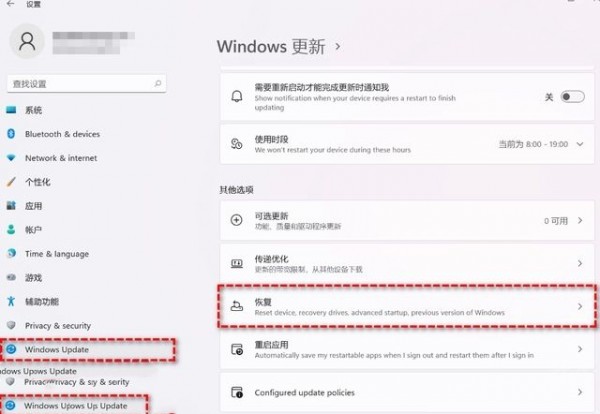 教你如何回退到上一个版本的Win11 23H2Jan 29, 2024 pm 06:57 PM
教你如何回退到上一个版本的Win11 23H2Jan 29, 2024 pm 06:57 PMWin1123H2正式版就在近期推送啦,很多的用户们在升级完后觉得一些操作使用得不是很喜欢,那么Win1123H2如何退回上一个版本?下面就让本站来为用户们来仔细的介绍一下升级完Win1123H2退回上一个版本的三种教程吧。升级完Win1123H2退回上一个版本的三种教程方法一:从设置菜单退回1、点击任务栏的开始菜单,然后单击设置选项,选择Windows更新,然后点击恢复。3、选择退回的原因,然后点击下一步。4、你将看到检查更新的通知,选择不,谢谢。5、阅读需要了解的内容,然后点击下一页。6、阅
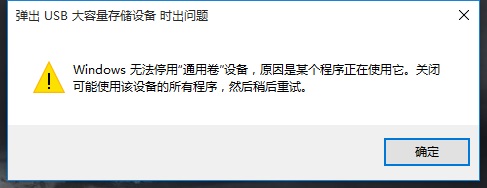 解决win11无法安全弹出移动硬盘的方法Jan 30, 2024 pm 05:45 PM
解决win11无法安全弹出移动硬盘的方法Jan 30, 2024 pm 05:45 PM许多用户在连接Win11电脑后,发现无法安全弹出移动硬盘。他们尝试了多次但都失败了,最后只能强行拔出。那么,如何解决这个问题呢?在这里,本站小编为大家提供了两种解决方法,让我们一起来看看详细的操作步骤吧。3、在其中找到并右键Windows资源管理器,选择重新启动。2、打开后,输入MSConfig,回车运行。4、然后勾选隐藏所有Microsoft服务,点击全部禁用。
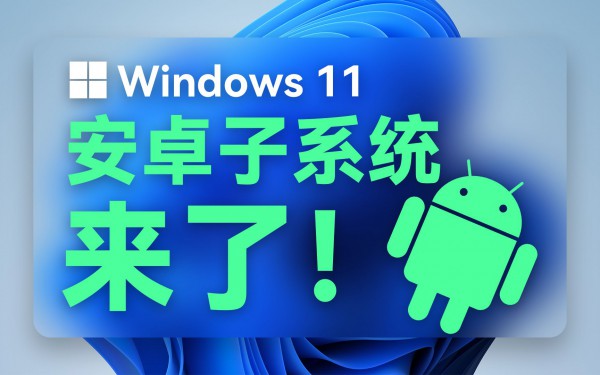 Win11安卓子系统启动问题解决方法(已解决)Jan 30, 2024 pm 07:18 PM
Win11安卓子系统启动问题解决方法(已解决)Jan 30, 2024 pm 07:18 PMWin11系统带来一项全新功能,即安卓子系统(WSA),用户不用通过安卓模拟器就能轻松运行安卓应用和安卓游戏。不过有时候也会遇到安卓子系统无法启动的情况,这要如何解决?下面就来看看小编整理的操作流程吧。
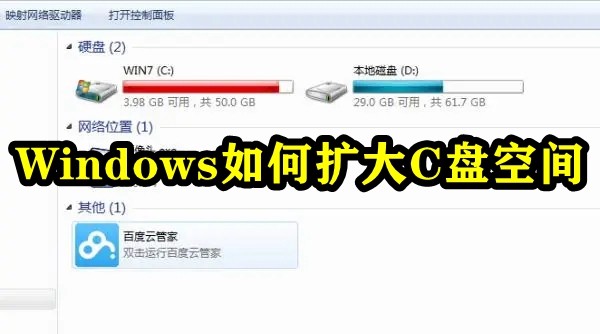 如何增加C盘的存储空间Jan 29, 2024 pm 04:48 PM
如何增加C盘的存储空间Jan 29, 2024 pm 04:48 PMc盘是电脑的系统盘,c盘空间不足会导致电脑运行卡顿,进而影响到软件和游戏的程序运行,即便是将软件程序安装到其他盘软件仍会占用c盘的空间,使用时间久了,当遇到c盘空间不足的情况时最好的解决办法就是扩大c盘的内存空间,本期小编整理了四种扩大c盘的办法,轻松解决c盘内存不足的问题。Windows如何扩大C盘空间方法1.使用DiskPart扩展C盘DiskPart是一个Windows系统自带的程序,它通过脚本或输入命令来处理磁盘、分区或卷。简单地说,要扩大C盘,需要在diskpart命令中输入“list
 硬盘全新安装mac(新硬盘安装macos)Jan 31, 2024 pm 05:00 PM
硬盘全新安装mac(新硬盘安装macos)Jan 31, 2024 pm 05:00 PM本站将分享有关硬盘全新安装Mac的内容,如果能解决您的问题,请关注。现在开始!如何在mac上安装固态硬盘?首先,使用专门拆卸产品的小号螺丝刀,将笔记本电脑机身下方的八个小型螺丝拆卸下来。这样就可以打开笔记本电脑的后盖了。需要特别注意的是,在打开的过程中要小心,避免用力过猛,以免损坏电脑内部的元件。拆下主板后,将主板电源接头旋转90度,然后取出电源。之后,拆下硬盘,使用T9螺丝刀拧掉螺丝,然后更换为你想要的SSD固态硬盘。最后,按照相反的顺序将之前拆卸的零件重新安装回去。苹果笔记本可以安装固态硬盘
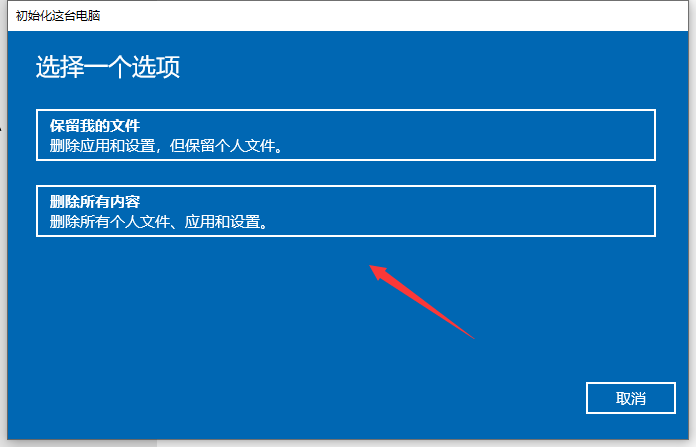 恢复Windows 10系统是否导致数据丢失?Dec 31, 2023 am 09:40 AM
恢复Windows 10系统是否导致数据丢失?Dec 31, 2023 am 09:40 AM我们在使用windows10系统的时候一定经历过还原,重装系统的经历。那么win10系统还原之后会不会丢失数据,win10系统还原会不会丢失文件数据,这个取决于你的选择。win10系统还原会丢失数据吗答:不会丢失个人数据以及文件夹的。如果电脑未正常运行,重置此电脑可能会解决问题。还原时,可以选保留个人文件或删除个人文件,然后重新安装Windows。对于这个问题,其实也简单,大家在Win10的「设置」→「更新和安全」-「恢复」中,就可以看到“重置此电脑”功能。从描述中可以看出,Win10重置电脑,


Hot AI Tools

Undresser.AI Undress
AI-powered app for creating realistic nude photos

AI Clothes Remover
Online AI tool for removing clothes from photos.

Undress AI Tool
Undress images for free

Clothoff.io
AI clothes remover

AI Hentai Generator
Generate AI Hentai for free.

Hot Article

Hot Tools

Atom editor mac version download
The most popular open source editor

Notepad++7.3.1
Easy-to-use and free code editor

SAP NetWeaver Server Adapter for Eclipse
Integrate Eclipse with SAP NetWeaver application server.

VSCode Windows 64-bit Download
A free and powerful IDE editor launched by Microsoft

Safe Exam Browser
Safe Exam Browser is a secure browser environment for taking online exams securely. This software turns any computer into a secure workstation. It controls access to any utility and prevents students from using unauthorized resources.





